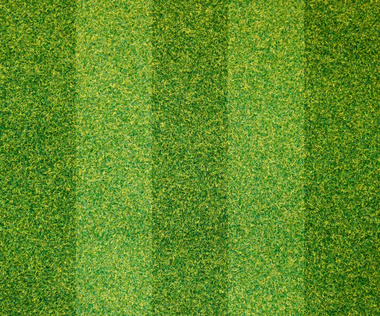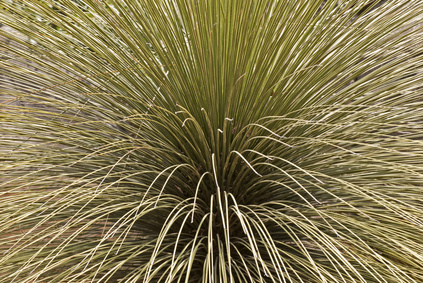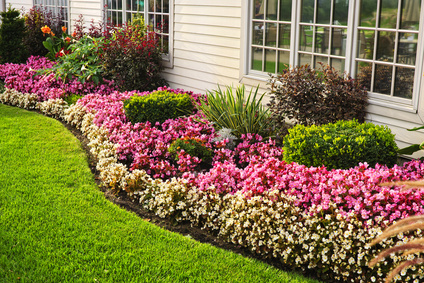Categories
Calendars
Guides
Reviews
Archive
Gallery
Articles
Ask Our Gardening Expert
Alternatives to Lawns
In gardening histories, they were seen as absolute luxuries, grazed by ornamental sheep, cut with a scythe by hand (yes, I have seen it done) or mower pulled by a pony wearing soft covers on its hooves. Ordinary people’s gardens were for growing much needed food, herbs for healing and kitchen and flowers for the house. Now, anyone with the space can have one, from pocket handkerchief size in the smallest backyard to vast expanses of parkland.
The downside is the time taken up each week with cutting, noisy powered mowers pumping out fumes, inorganic fertilisers and dangerous herbicides. Hiring someone to do it for you is an extra cost and the environmental impact is the same. It is time to revisit the need for a lawn. Reducing its size or even abandoning it altogether will save you time, energy and expense without the loss of appeal. It is time to look at some alternatives.
A great lawn takes up a lot of time
Groundcovers are plants which spread horizontally without growing tall. Their use is dealt with on other pages on this site so we need not look at them in great detail. They are chosen for texture, density and how well they suppress weeds. They benefit the soil by acting as a mulch, some are nitrogen fixing and they prevent soil loss. Some ground covers can be edible, like wild strawberry, or fragrant, like thyme and oregano. They may need weeding in the first year and a barrier to prevent spreading later on, but they demand lot less than grass. Clovers are good as a soil conditioner, fixing nitrogen and adding humus, but also work well as a turf replacement.
Ornamental grasses need little attention and add movement and colour
When aiming to reduce lawn size, take in to account its shape as well as size. A garden commentator once suggested that lawns, whether cut by push mower or powered mower, should take no more than half an hour to cut. Maintenance can be reduced and simplified by shaping the lawn so that it can be cut in flowing passes rather than by repeatedly going back and fore. Much time is taken up stopping, backing and turning. Plant angled corners areas with shrubs and flowers, underplant trees with shade tolerant plants or spread bark chips. Small island beds can be eliminated or enlarged to reduce the length of edges. Set lawn edges below the level of the grass so that edging shears need not be used.
Curved lawns, angles planted and hard edges allow sweeping cuts with the mower
It is surprising how much time can be saved with some of these simple solutions. Record in you diary how much time is taken up maintaining your lawn each week and as each suggestion is taken up, note the difference. You will be surprised how much time can be saved.
There’s nothing like an expanse of garden lawn, a verdant sweep leading the eye to a feature in the distance or an area for family and visitors to congregate on a warm summer’s evening, to socialise or play a game or two.
Ornamental grasses are low maintenance and grow well in most soils, they need little fertiliser and have few pests. Like lawn grasses, they like sun and need little more than the occasional trim with shears and some division if they grow too large. There are many varieties of form and colour to suit most situations.
